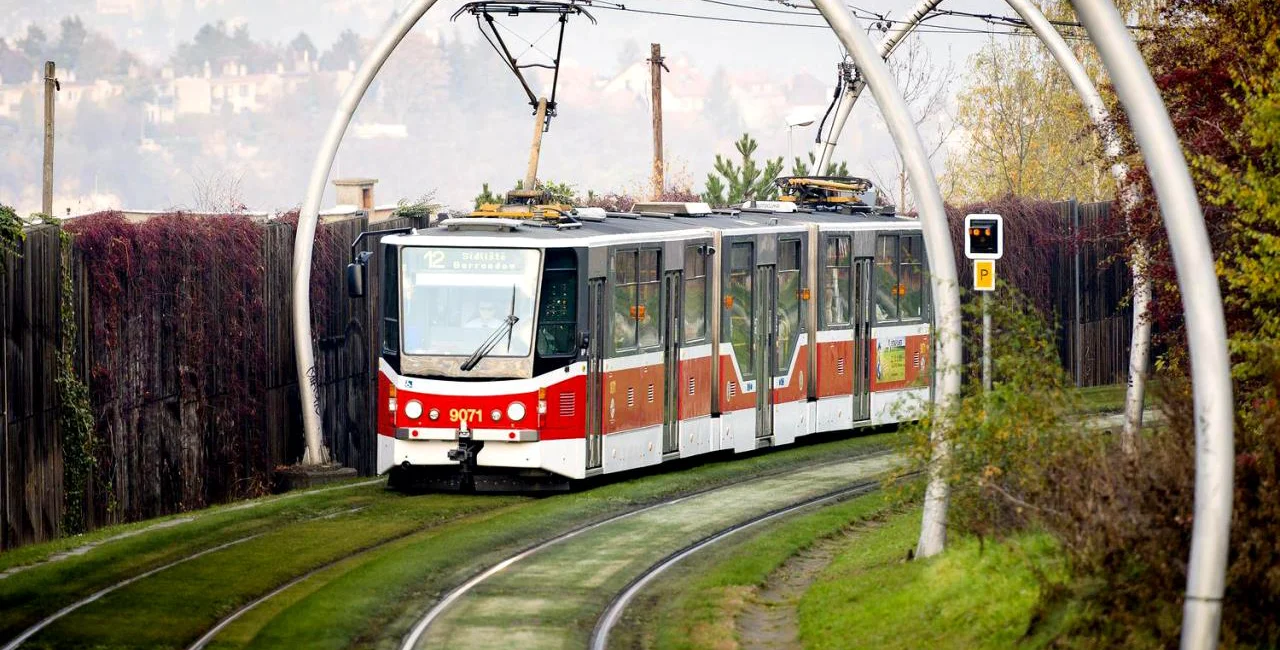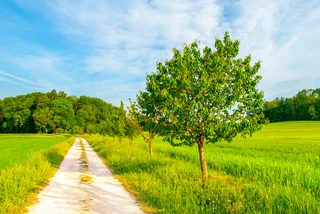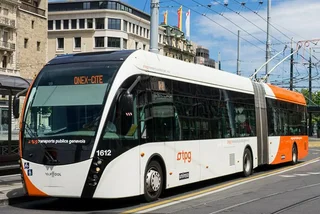The Prague Public Transit Company (DPP) is participating in a project to improve the city’s environment with durable greenery on tram tracks.
The goal of a new joint research project called Genetic Funds for Cities and Landscapes is to find durable plant mixtures suitable for tram tracks and extreme climate conditions. The results will be used across the Czech Republic and in Slovakia.
The project is funded by the Technology Agency of the Czech Republic (TA ČR) and will run until 2023. Aside from DPP, the other participants in the project are the Research Institute of Plant Production in Prague-Ruzyně, Agricultural Research Troubsko, OSEVA Development and Research from Zubří, and Seed Service from Vysoké Mýto.
Researchers have already sowed the first three test fields, with a total area of 270 square meters, in the tram loops at Sídliště Řepy and Spořilov, and at the metro depot in Hostivař. The seeds come from resilient varieties that researchers have collected over the past 25 years at various Czech locations as part of the National Plant Gene Pool Conservation Program. The mixtures will also use newly bred varieties based on materials from the Czech Republic and Slovakia.
The project is focused on adding greenery to tram tracks and strips with plant species that will be able to hold up to extreme temperature fluctuations and climate change. The currently used greenery is not resistant to climate change or long exposures to drought and heat, and instead dries out.
The project should result in at least five durable seed mixtures for urban habitats that are devastated by drought, traffic, salt or shade. In addition to higher durability and longer service life, the seed mixtures will also need less maintenance and water.
The research project aims to identity resilient plant varieties collected in the Czech Republic as part of the National Plant Gene Pool Conservation Program. These will be be tested in controlled chambers that will simulate various extreme conditions such as drought, full sun, shade and salinity.
“In parallel, we will test various mixtures on experimental plots on tram lines in Prague. Each mixture must experience the conditions of all seasons at the site for at least one year so that we can validly evaluate the results. The final product will be ready-made sowing mixtures suitable for locations in the Czech Republic or Slovakia, including the recommended soil profile,” said Vojtěch Holubec, national coordinator of Plant Genetic Resources for the Czech Republic and the Research Institute of Plant Production in Prague-Ruzyně.
Prague Deputy Mayor Adam Scheinherr (Praha Sobě), who is also chairman of the DPP supervisory board, said that the city is preparing new tram lines and paying attention to the aesthetics and the ecological-climatic side.
“We are making Prague a smart city of the 21st century. I want DPP to be a flagship in the use of modern technologies and new practices. In this case, they will provide a unique seed mix that will be resilient even in extreme operating conditions and year-round weather changes,” he said.
“I believe that we will be able to obtain almost maintenance-free and evergreen tram tracks that will reduce dust and temperature in the hot summer streets of Prague, improve the microclimate in the capital, provide a permeable rainwater area and absorb traffic noise on the tracks,” Scheinherr added.
DPP board member and technical director for surfaces Jan Šurovský said grassy belts have a significant share in reducing dust as thus improve the microclimate. Unlike asphalt or concrete belts, they do not create heat islands. A tram line with a grassy surface can also be repaired faster and cheaper than a paved track.
“We will further expand the grass and fully open belts in Prague in accordance with the concept of tram track surfaces approved by the Prague City Council. … I will be happy if we can find a plant composition for tram tracks that can withstand the current vagaries of the weather and still allow us to save costs for the maintenance of greenery,” Šurovský added.
Researchers will regularly evaluate the experimental sections at full operation and load. They will monitor amount of maintenance necessary to keep the aesthetic appearance of the stand as well as resistance to tram crossings and trampling. In addition, they will evaluate the possibility of using clover and flowering plants both in the tram belt and in less frequently mowed edges.
At the end of the project, the three best mixtures will be chosen for sunny, shady, and very low maintenance conditions.
Tram lines in many European cities are lined with grass, a practice that probably began in the 1980s to bring greenery back to urban space while providing a habitable zone for numerous insects and invertebrates. The green bars provide a number of benefits to any urban area, such as lowering the temperature in urban areas, providing a permeable area for rainwater, reducing pollution and absorbing noise generated by rail traffic.












 Reading time: 4 minutes
Reading time: 4 minutes 


























